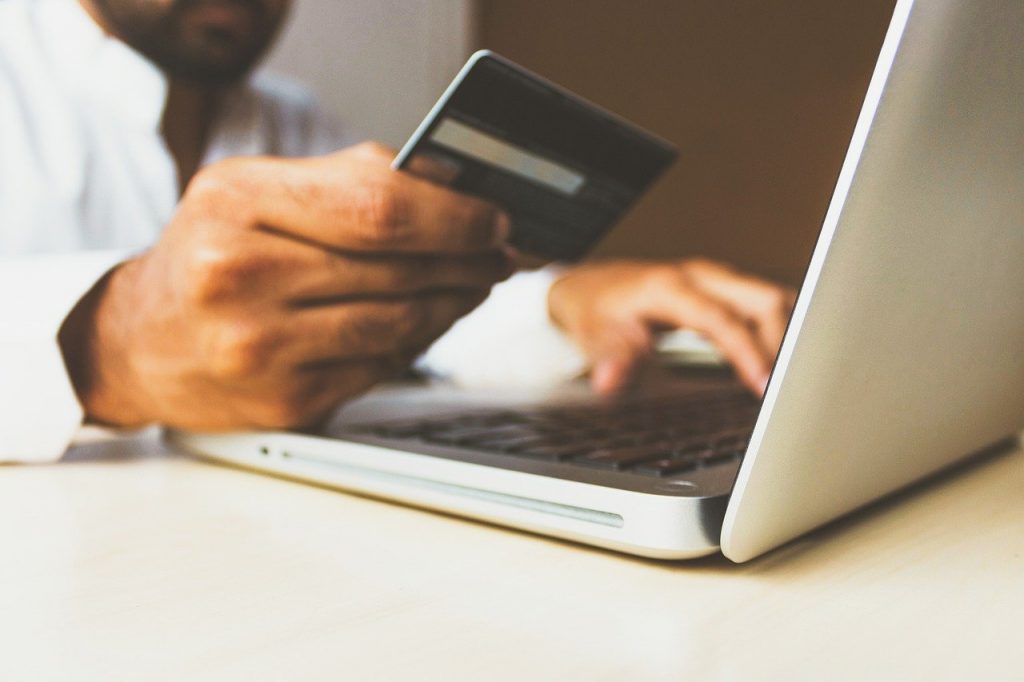Vladimir Pisanko, Head of PSP at Alpha Affiliates
Successful affiliate marketing hinges on the establishment of a trusted network. On the consumer side, that’s trust in the affiliate – earned and maintained through the content they produce and share with that curated network. On the business side, it’s fostering a long-term mutually beneficial partnership between the affiliate, affiliate network and the end brand.
Many factors could trigger an unhappy working relationship, from poor communication practices creating friction over time to serious infrastructure issues that can quickly disintegrate the partnership. This makes having a suitable payment structure in place essential.
If it’s found lacking, affiliates will act. Two in five affiliates (41%) have stopped working with an affiliate network because of a payment-related issue, according to data from finance automation business Tipalti. While roughly two-thirds of affiliates (65%) were slightly more lenient, only leaving an affiliate network after repeated payment issues. However, with around a third not willing to navigate this essential element, it’s clear getting payments right the first time is non-negotiable for long-term success.
I’ve put together a quick and clear step-by-step guide to affiliate payments to help remedy that.
Step One: Explore Payment Methods
In today’s digital-first world, there are many options for how a person or business can send, receive, and manage their money. Affiliate marketing is a cash-less industry, which means options must be available to keep pace with expectations.
There is a lot to consider when offering that choice and the end selection of payment options will be determined by whether it’s managing a small affiliate programme or an established network. Geographical location is also key here. Local payment methods via networks like WebMoney (an option popular in Eastern Europe), alongside the leading options including PayPal and Wire transfers, will indicate to the affiliates that the network (and ultimately end-brand) are invested in making the partnership a success by removing any potential friction and unnecessary fees. Increasingly, crypto payments are also on offer, with some sectors such as iGaming keen to have the option to manage income via their preferred coin.
Step Two: Determine the Affiliate Programme
Once there is a clear idea of the payment options that can be supported, the various programmes on offer must be confirmed as these will impact payment expectations.
The classic affiliate programme is what most associate with affiliate marketing. It consists of a unique referral link through which the affiliate receives a commission each time that link click results in a transaction. However, there are other options on offer throughout the affiliate industry, which each have payment considerations:
- Affiliate networks. Those offer affiliate platforms, which host a variety of programmes to work with instead of being restricted to only one at a time
- MLM programmes. Where commission is secured via affiliate links converting into sales, however, there is also the opportunity to expand the network of affiliates, meaning if any one of those affiliates makes a commission that initial affiliate will get a cut
- Lead generation. A wider range of ways to secure a commission. It’s not only about final transactions but information inputted into a contact form, a quote requisition, or another approach to the end brand would all result in a commission too
Step Three: Establish Commission Structures
The next element is looking at what and when affiliates will be paid. In affiliate marketing, commission structures can vary, but there are several core types to be aware of:
- Cost/Pay Per Click. A self-explanatory one, these commissions are earned each time a consumer clicks on a link shared by an affiliate
- Cost Per Action or Pay Per Acquisition. The consumer must also complete an action after clicking the link, whether that’s a purchase or signing up for a newsletter this will be agreed in advance
- Pay Per Impression. This option drives traffic and commission depends on the number of times the consumer has visited the link location
- Cost Per Lead. A commission payment for contact information, meaning the potential customer can be pursued by the sales team
- Revenue Sharing Model. The affiliate earns a percentage of the revenue generated from sales on their channels
Step Four: Structure Payout Frequencies
With who will be paid what and where, when must be taken into account.
Typically, this will be monthly but there is also the option to action a payment once an affiliate’s earnings exceed a predetermined threshold. This could either be a certain amount of commissions or a minimum threshold of earnings, which could range from $20 to $500 – although is usually not set too high to encourage affiliates to sign up to the programme. Alternatively, Net 15 could be explored, where the affiliate withdraws earnings at the end of the month, receiving that payout on the 15th of the following month.
Step Five: Streamline Payment Processes
The final and arguably most important step to establishing structure for affiliate payments is finding suitable payment technology to enhance the processes outlined above. Automation is essential in taking away manual processes that slow things down in the payment flow and often introduce unnecessary human error. So, leveraging technology that automates the payment journey and provides data insight, whilst also ensuring suitable authentication that protects against fraudulent activity will streamline this entire process.
Ultimately, by simplifying the complicated process of issuing payments affiliate programmes will continue to grow as intended.

